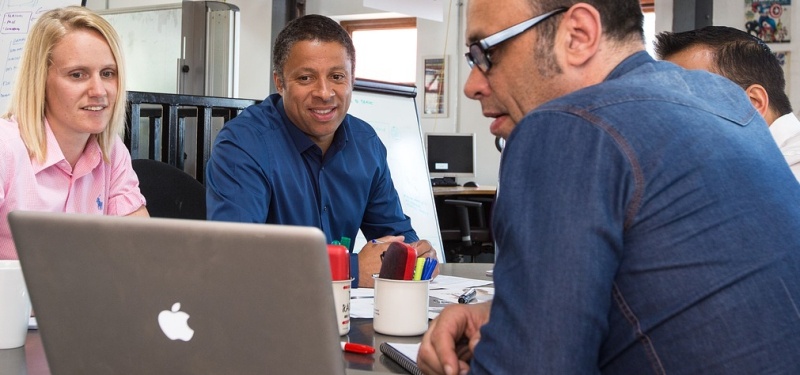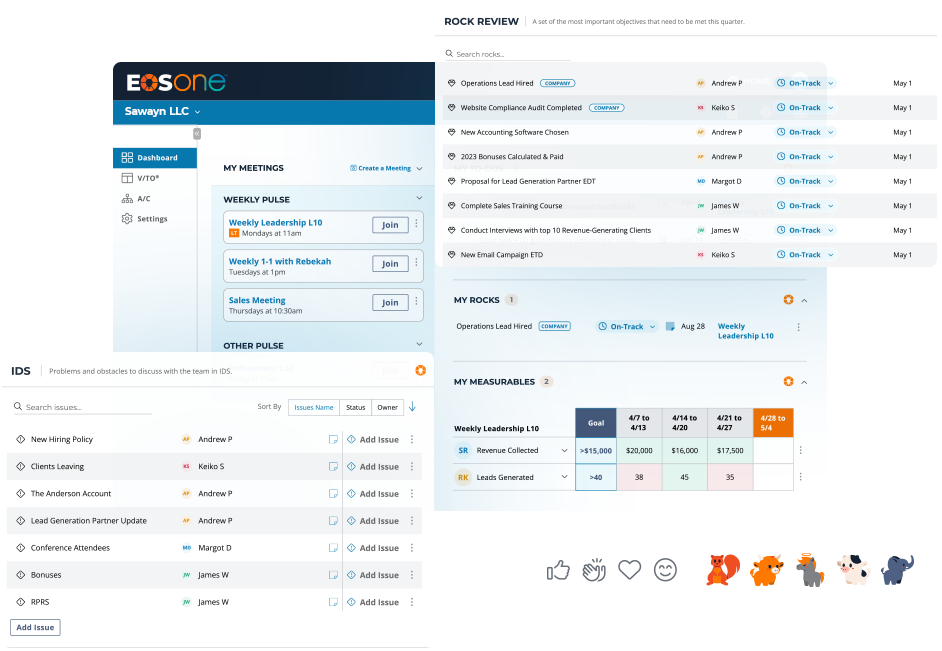There’s been a lot of attention on employee engagement, lately. You can find a new article about engagement in any of the leading business magazines nearly every week, and the major survey research houses have conducted several studies on the topic. But how important is employee engagement, really? Is it just a fad, or is there more to it than that?
And if engagement is just a passing trend, what’s the real difference-maker in getting more out of your employees?
What Is Employee Engagement?
Organizations talk about employee engagement, but not everyone understands what it is. Engagement isn’t the same as job satisfaction, happiness at work, or company culture. It’s your people’s willingness to go the extra mile – the energy and effort they put into their work, and their sense of pride in it.
Engaged employees are:
- Enthusiastic about their work
- Inspired to contribute
- Confident in their abilities to make a difference
- Empowered to work autonomously
Benefits of Engaged Employees
Engaged employees aren’t just nice to have around at work. While they help make your company a more positive environment, they also have a significant impact on the health and traction of your organization. A recent Gallup study found that the most engaged teams of employees experience:
- 21% higher productivity
- 22% higher profitability
- 25% less turnover (in high-turnover organizations)
- 65% less turnover (in low-turnover organizations)
- 37% less absenteeism
- 20% higher customer metrics
At the same time, disengaged employees have a negative impact on businesses, costing organizations between $450 and $550 billion annually. Chances are, your company is one of those businesses being impacted by disengaged workers – only 32% of U.S. employees were engaged in 2015.
Is Engagement Just a Fad?
“Employee engagement” is a relatively new term, but the question behind it is an age-old one: How do I get more productivity out of my people? I don’t know how long “engagement” will be popular in business, but organizations will always care about getting the best out of their employees.
Your company will need to know how engaged your workers are, and how to improve employee productivity.
Who’s Responsible for Employee Engagement?
Whose job is it to increase engagement among your people? Are your employees responsible for their own level of engagement, or is management accountable?
Of course, employees need to be held accountable for the quality of their work and their investment into your company – but leaders and managers share the weight as well.
Studies have shown that the two most important factors for increasing employee engagement are:
- Their relationship with direct managers
- Their relationship with peers
Good relationships are characterized by trust and communication. Employees need to be heard – and they need to trust each other and their managers. According to leadership development experts Dr. Brad Shuck and Maryanne Honeycutt-Elliott, “higher levels of engagement come from employees who work for a compassionate leader—one who is authentic, present, has a sense of dignity, holds others accountable, leads with integrity and shows empathy.”
That sounds like a tall order, but there’s a simple way to nurture this kind of relationship with your employees. Have a quarterly conversation with each person you supervise. In EOS® we call this the 5-5-5. Once per quarter, schedule a quarterly one-on-one conversation with your direct reports. It’s best to do this offsite over coffee, breakfast, or lunch—and more importantly, to be free of distractions of the office. Use this informal conversation to stay connected and on the same page with your employees. By taking the time to listen to your employees and check in with them, you’ll develop trust and you’ll show that they have a voice.
Get Better Work from Your People
While the term “employee engagement” is a trending topic, the idea of getting more productivity and better results from your employees is nothing new. The facts show that committed, enthusiastic workers give more to the companies they work for – and their relationships with managers play an important role in fostering better results.
Looking for simple ways of fostering communication and trust with your direct reports? Download a free chapter of the Amazon best-selling book, How to Be a Great Boss, by EOS founder Gino Wickman.



